
There are many myths about sunscreen that have been passed around for years that have little to no proof supporting them. You might think that when you already have a “base tan” you don’t need to apply sunscreen, but that is a total fabrication. If you are going to be in the sun, you need to wear sunscreen for your skin’s protection.
Check out some of the most common sunscreen myths below!
1. Sunscreen isn’t always necessary
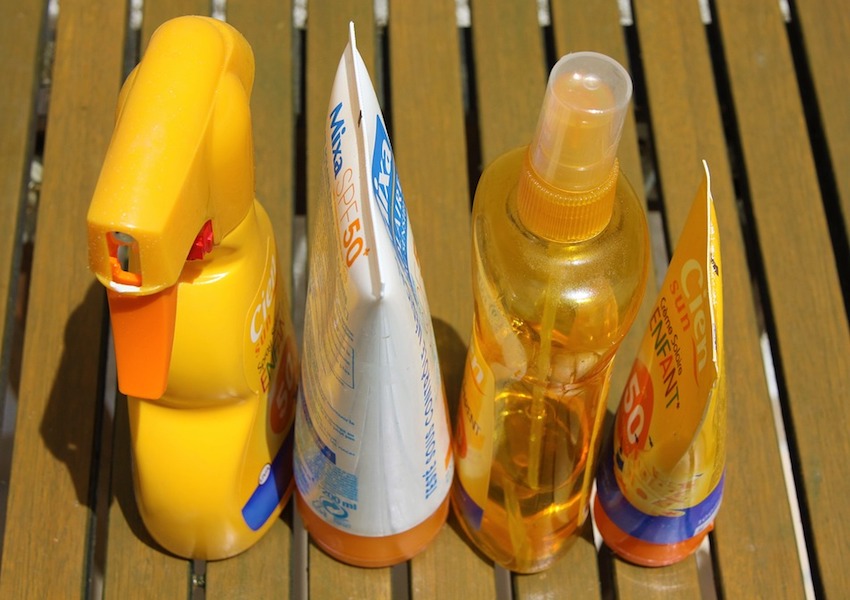
This is a big, fat lie. Many people believe they only need sunscreen if they’re planning a trip to the beach. If you go on a 5-hour hike and your arms, part of your legs, and face are exposed to this sun without any sunscreen on, you are just damaging your exposed skin.
Many dermatologists recommend wearing sunscreen every day if you plan to go outside at all that day. Yes, even during the winter too!
2. A base tan will protect your skin
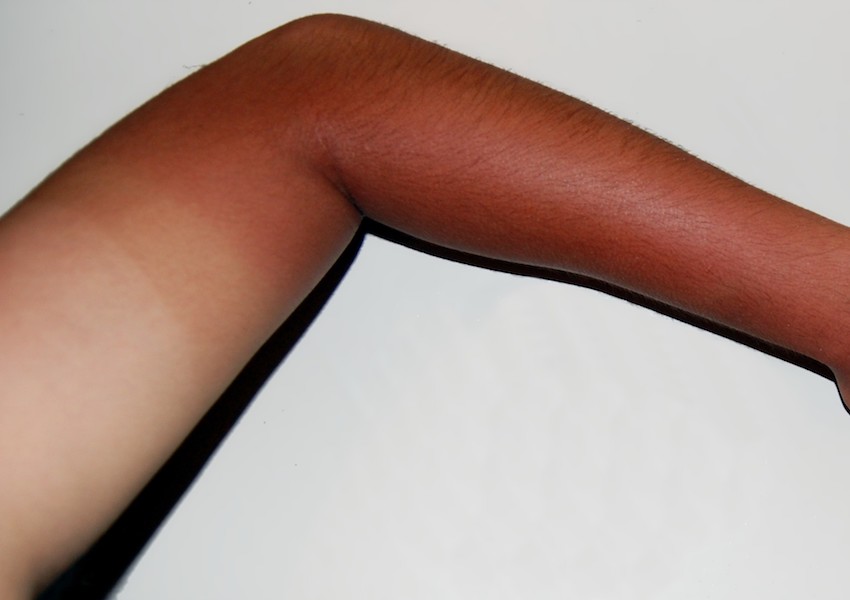
A “base tan” isn’t actually a thing. There is no such thing as a safe tan, as tan skin is just the proof of sun damage on your skin. “A tan is literally your body’s response to being injured by UV exposure,” Darrell Rigel, MD, a clinical professor of dermatology at New York University Medical Center, told Reader’s Digest.
Tan skin occurs when UVA rays penetrate to the lower layers of the epidermis. The rays then trigger cells called melanocytes to produce melanin. Melanin is the brown pigment that causes tan skin and is the body’s way of protecting skin from burning.
3. People with dark skin do not need sunscreen
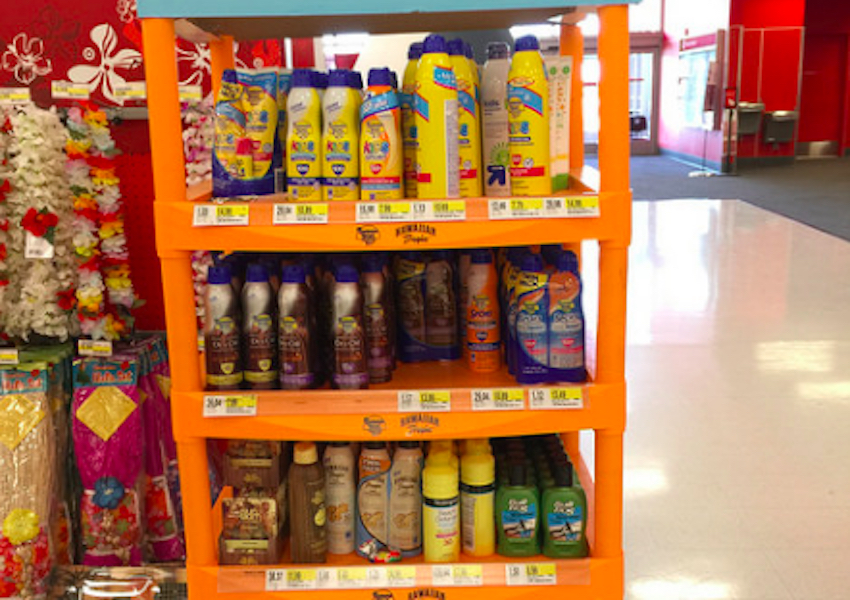
Because people with darker skin already have more melanin in their skin, there has been a belief that they do not require sunscreen, but this just isn’t true. While they do have a slightly better protection than those with less melanin, there are still many dangers that the sun causes.
UVA damage is not protected by the existing melanin in the same way. Sun exposure without sunscreen can lead to premature skin aging and wrinkles.
Along with that, melanin does not protect the skin from extreme sun exposure (like an 8-hour day at the pool or beach). People with darker skin are also not protected against skin cancer if they do not wear sunscreen.
4. Anything above SPF 15 is a waste
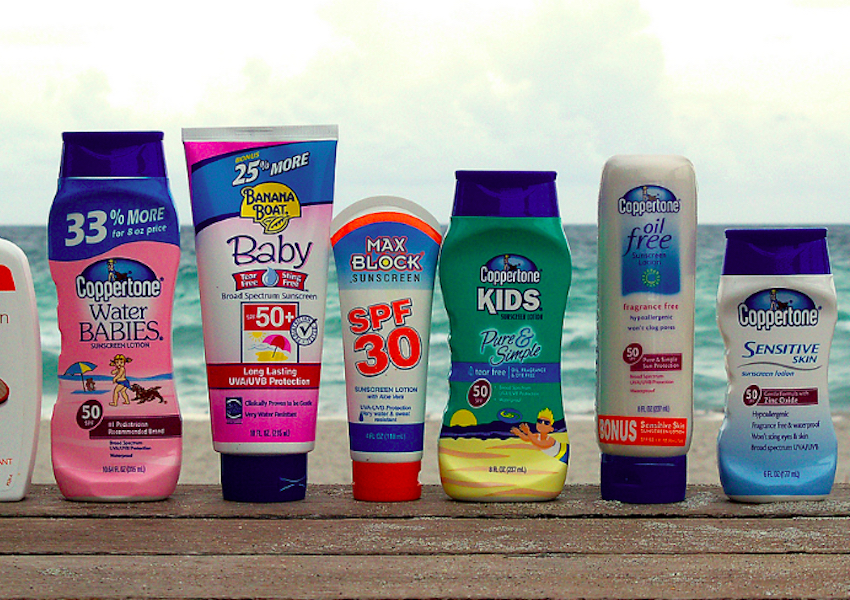
This is true – if you’re not reapplying sunscreen, but then again, all sunscreen is a waste if you don’t apply as instructed. You cannot stay in the sun for 10 hours and only have applied sunscreen once that entire time.
The FDA is still debating the merits of super-high sunscreen (SPF 75, SPF 100) but SPF 15 is still too low for good protection. Doctors suggest a minimum of SPF 30 for sun exposure, but SPF 50 protects even better, as SPF 50 blocks out 98% UVB radiation.
5. You don’t need sunscreen outside of peak hours
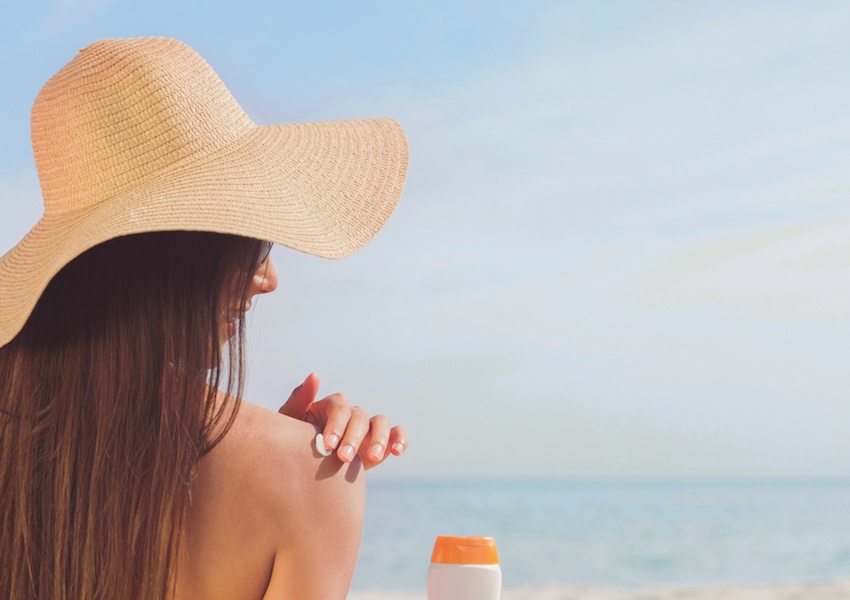
The sun is the strongest between 10 AM to 3 PM, but there is a misconception that the 12 to 2 time frame is the only time you need to really apply sunscreen. But if you are going to be out all day, you need to apply all day. UVB rays peak at midday (which cause burning and skin cancers) but UVA rays are there all day (they cause aging and other forms of skin cancer).
6. It is cloudy, so you don’t need sunscreen
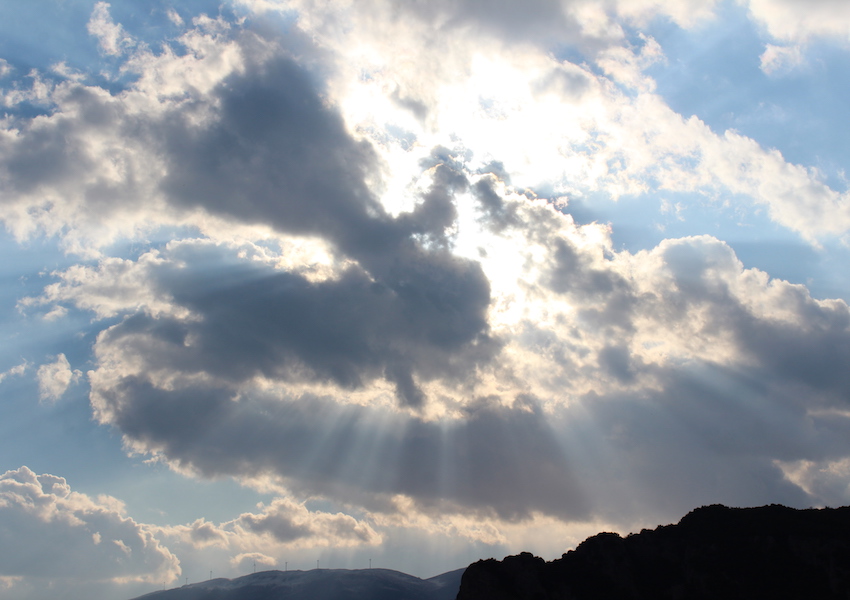
You probably thought because the sun isn’t “out” then you don’t need to wear sunscreen. But New York City dermatologist Doris Day, MD, told Reader’s Digest, “Clouds block infrared rays, so you don’t feel hot, but they only block 20 percent of UV rays so you can still get burned.”
7. 80% of damage is done before age 18
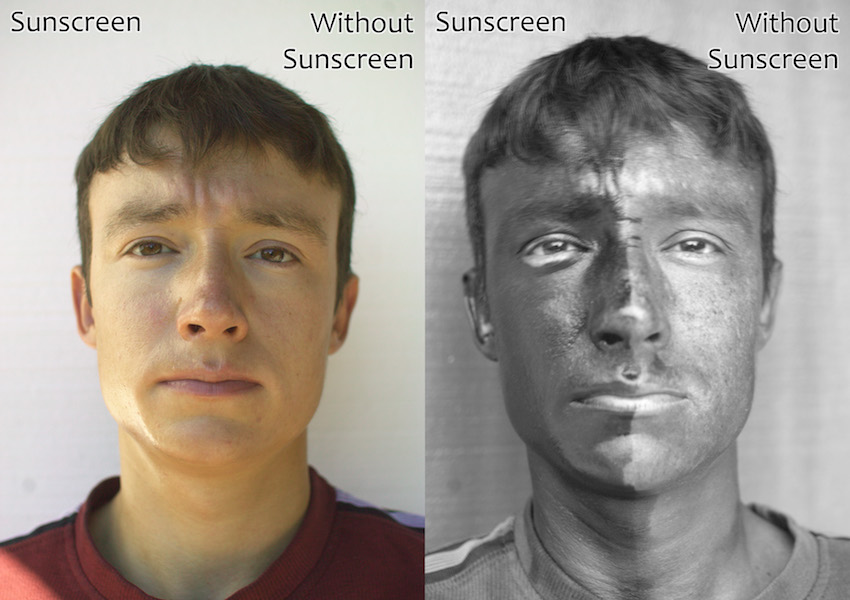
That 80% is a very outdated number. Studies suggest that only 25% of sun damage has occurred by age 18, which is a considerably smaller number than 80%. Either way, just because 25% of the damage is done, that does not mean you just give up on protecting your skin.
8. You only need to put sunscreen on your face
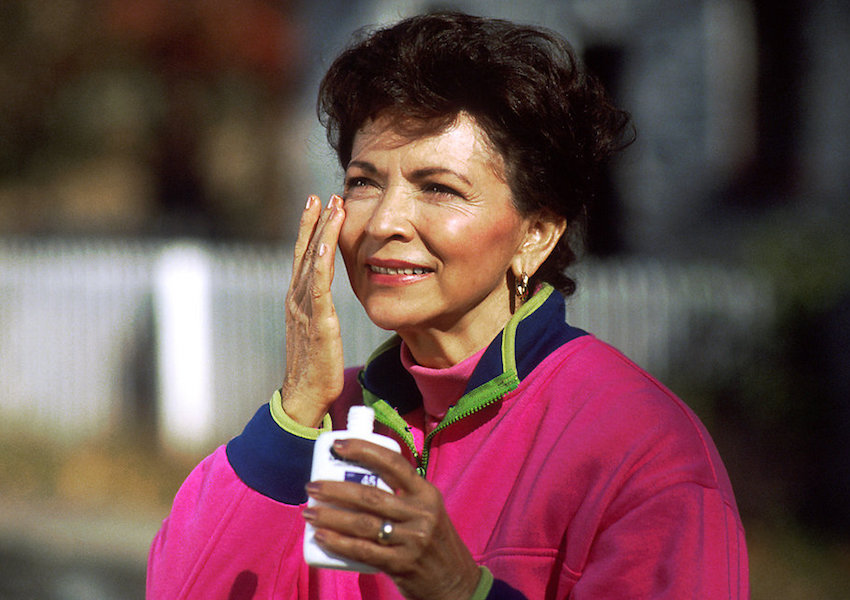
Skin cancer can affect any part of your skin, not just your face. Protecting your face with sunscreen is a great way to protect that skin from sun damage and wrinkles, but you’re ignoring other skin that can be seriously damaged.
Basal and Squamous Cell skin cancer are most often found in areas exposed to the sun, such as the head, neck, and arms, but they also can occur elsewhere.
9. Sunscreen is the only thing you need for protection

While wearing sunscreen is very, very important, it isn’t the only form of protection. If you plan to spend hours in the sun, not only do you need to reapply sunscreen, you should also cover up. A long-brimmed hat is key for protecting your neck and face from the sun. On top of that, finding an umbrella to take cover under is a great way to protect your skin.
If you liked this article, please SHARE it on Facebook with your friends and family.
H/T: Reader’s Digest
